Flying a Small Plane: Key Insights for Beginners
Pilot's Life Blog
JANUARY 12, 2025
Understanding the Basics of Flight Aerodynamics 101 Flying a small plane revolves around understanding four key forces: lift, thrust, drag, and weight. Thrust, produced by the engine, propels the plane forward, overcoming drag, which is the resistance caused by air. Do small planes have autopilot?


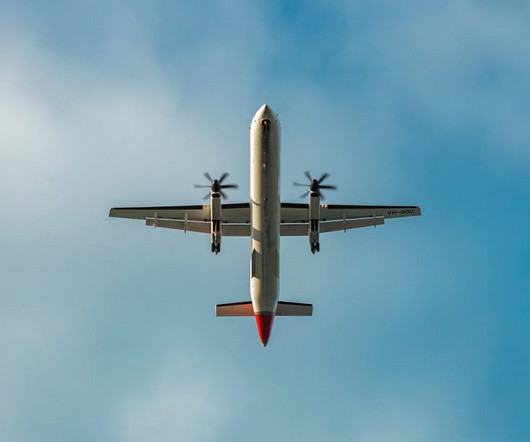



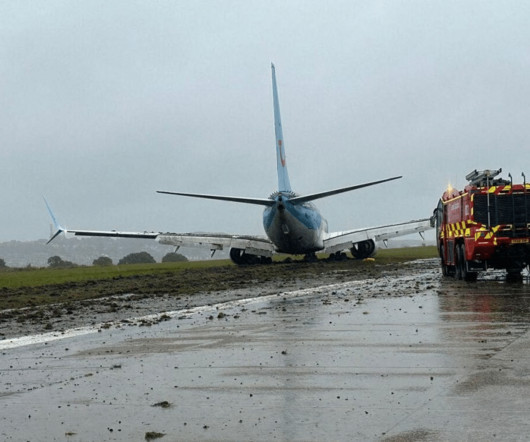


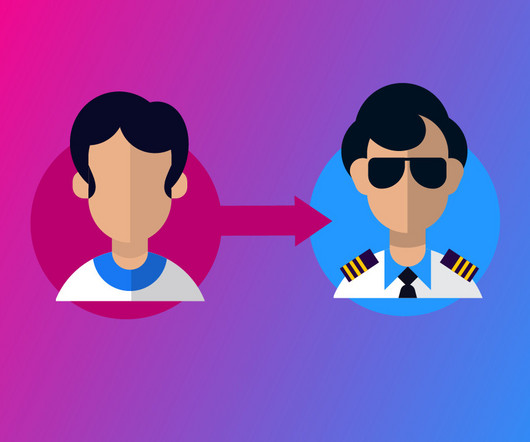


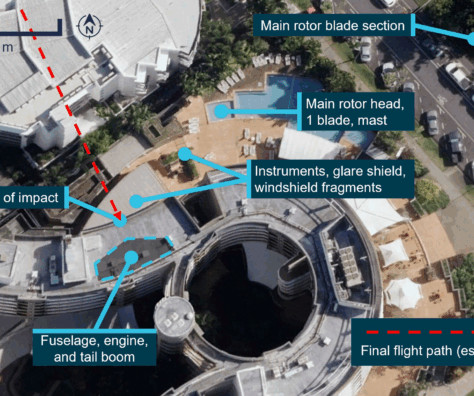

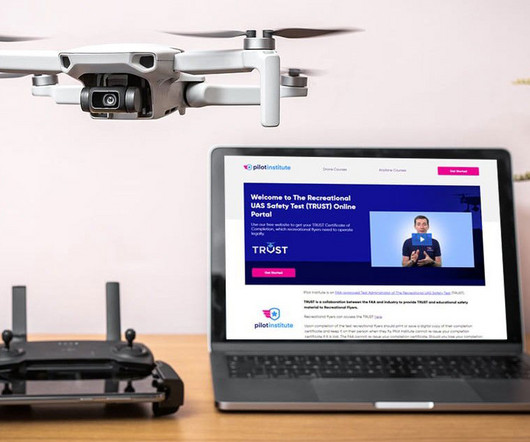

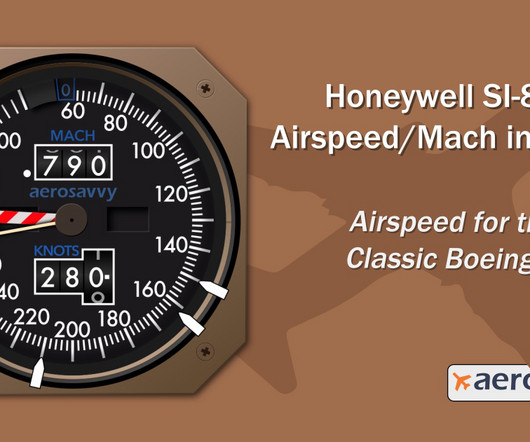
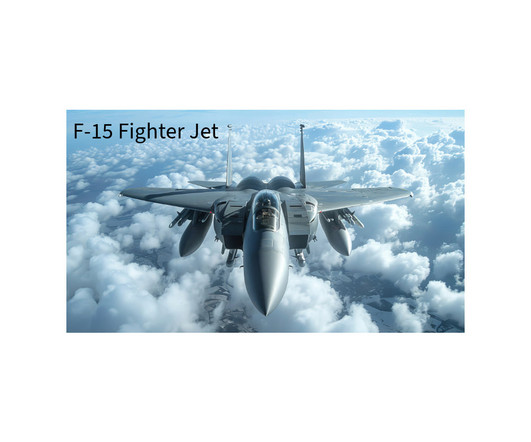
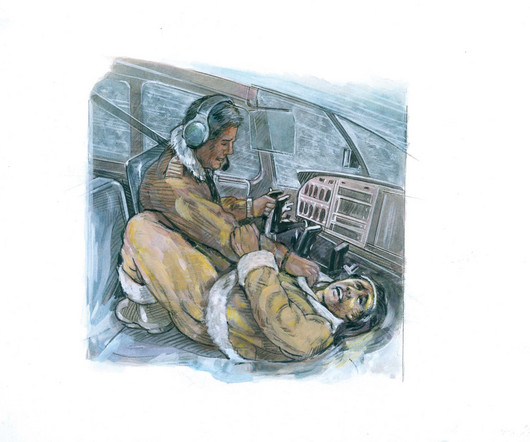
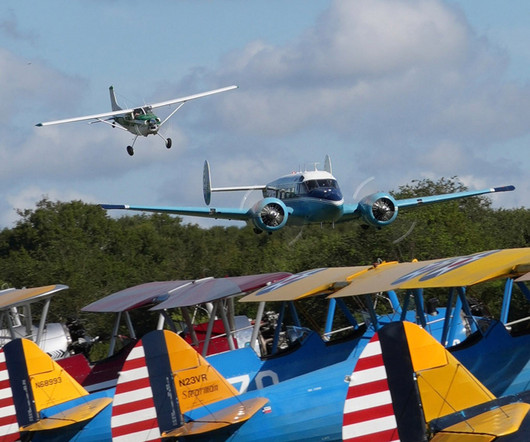







Let's personalize your content